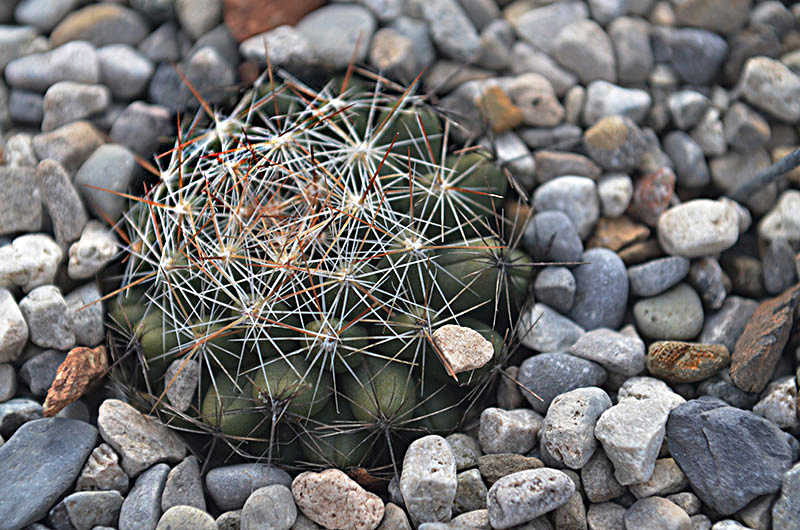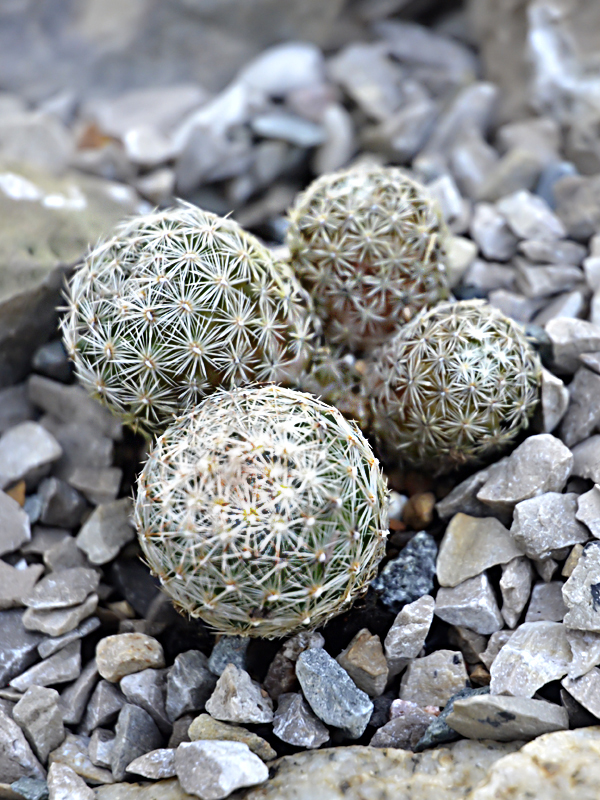
Perennials, Weeds > Escobaria > Escobaria vivipara > Escobaria vivipara
Escobaria vivipara
Spiny Star
Origin: Western North America from Mexico to Canada In Canada it may be found in southern Alberta.
| Family |
| Cactaceae |
| Genus |
| Escobaria |
| Species |
| vivipara |
| Category |
| Perennials, Weeds |
| USDA Hardiness Zone |
| 4 - 7 |
| Canadian Hardiness Zone |
| 2a - 6b |
| RHS Hardiness Zone |
| H7 |
| Temperature (°C) |
| -34 - (-9) |
| Temperature (°F) |
| -30 - 15 |
| Height |
| 15 cm |
Photographs
Description and Growing Information
Flowering Period
| Landscape |
| Escobaria vivipara can be used in desert-like areas or open areas of woodlands or places with small shrubs. It can tolerate full sun and partial shade. |
| Shape |
| A small plant, often presenting the appearance of a prickly sphere. |
| Growth |
| Slow |
| Habitat |
| This specimen has a broad range across the western part of North America and prefers a dry continental climate (warm summers and cold winters). Found in gravelly but well-drained soils. |
| Flower Description |
| Flowers vary in colour from clear, bright crimson to a rose-pink. |
| Notable Specimens |
| The A.M. Cuddy Gardens, Strathroy, Ontario, Canada. Dinosaur Provincial Park and Writing-on-stone Privincial Park, Alberta, Canada. |
| Ethnobotanical Uses (Disclaimer) |
| The extremely sweet fruit may be eaten fresh or made into jam. |

